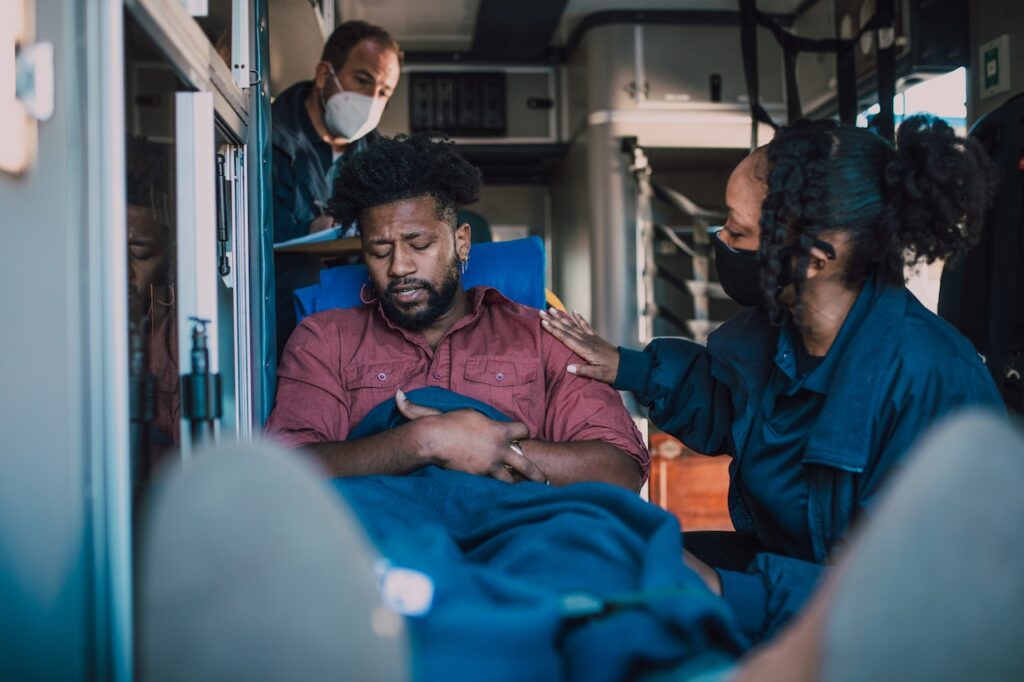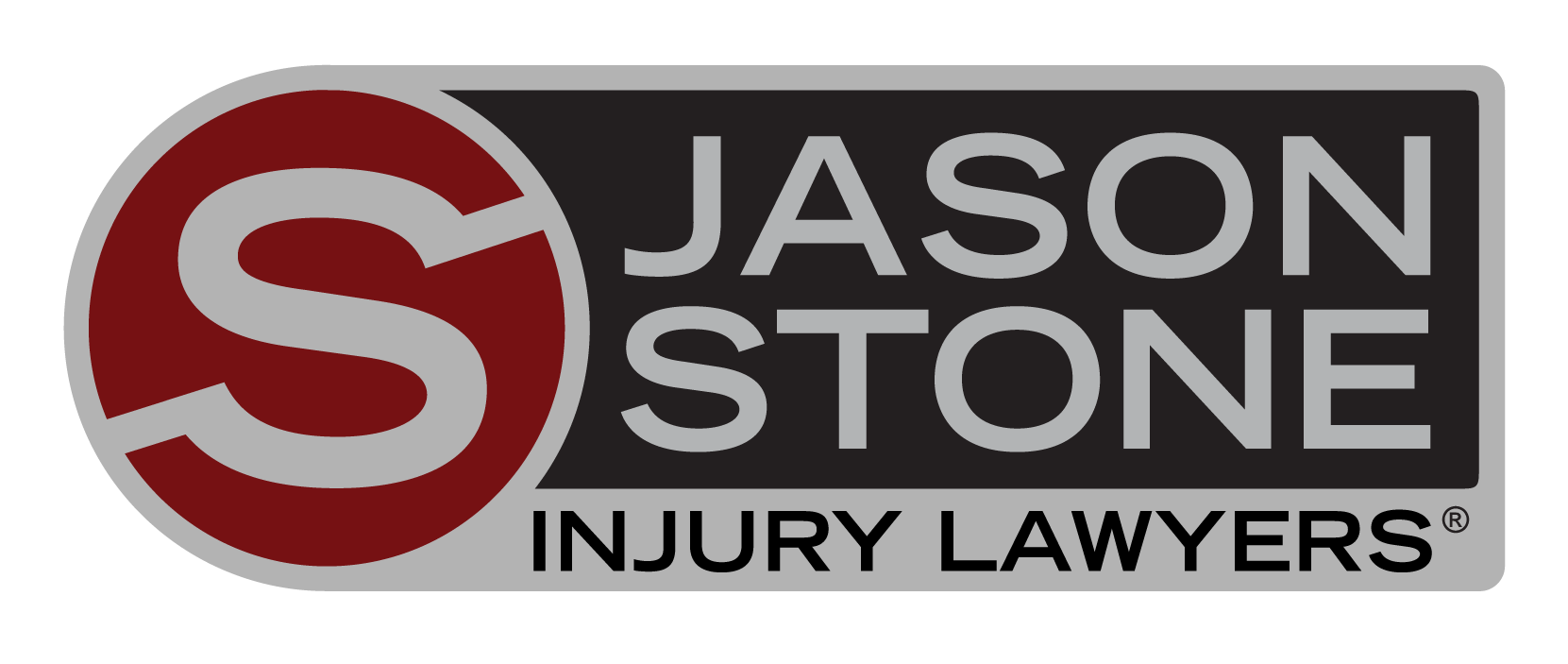 A car accident can set your day and those following careening down a different path than you intended. The Massachusetts Department of Transportation’s IMPACT system shows over 125,000 crashes reported in 2022 alone.
A car accident can set your day and those following careening down a different path than you intended. The Massachusetts Department of Transportation’s IMPACT system shows over 125,000 crashes reported in 2022 alone.
Walking away from a crash does not mean you did so without injury. While some symptoms and signs of damage to one or more parts of the body are obvious, others may take on a more subtle form of expression. If you have gone through the trauma of a car crash, you should pay attention to what your body tells you in the minutes, hours and days that follow.
What Are Common Auto Accident Injuries?
The Centers for Disease Control compiles data detailing different ways people become sick or injured. According to the CDC, over two million people in car accidents nationwide went to the emergency room at some point following the crash in 2020. These numbers do not account for those who sought treatment with primary care providers and non-emergency medical services.
The rate of injury from car accidents is staggering and further points to the fragility of the human body. Even though vehicle safety has improved drastically over the years, bodily damage caused by car accidents remains a common way people get hurt.
While any body part may become injured in a car crash, some injuries occur more frequently than others.
Whiplash
The neck’s soft tissue supports the cervical spine and head. In the event of a crash, the jostling and jolting of the neck from the force of impact can cause tiny tears in the tissue of the neck. While these microscopic tears may not appear in standard imaging studies, the damage causes plenty of symptoms, including:
- Intense pain with or without movement
- Heat sensation
- Shoulder and upper arm discomfort
- Stiffness and increasing discomfort with movement
The symptoms of whiplash may come on immediately or manifest over time.
Bone Fractures
The extremities are susceptible to injury in a car accident. The force of the collision traveling through the vehicle, combined with the pressure you might exert to brace yourself, make your lower legs and arm bones vulnerable to fracture. Airbag deployment may bruise or fracture ribs. If any part of you becomes lodged or crushed in the vehicle, those areas will likely have broken bones.
Not all bone breaks are equal. Some may only require casting, while others may need surgery and continuing medical care. Compound fractures occur when the bone splits into separate parts. The most serious of these is an open compound fracture, where the bone splits and rips through nearby tissue, piercing the skin and causing an open wound. These injuries require surgical intervention and may cause permanent damage to the body.
Bruises and Lacerations
It is common for anyone involved in a crash to come out with skin bruising or cuts. The body jostling around, even in a low-impact crash, may strike hard surfaces in the vehicle, and the skin may bruise. You may wind up with a bruise or cut across your shoulder down onto your chest from the seatbelt. Airbag impact can cause rib bruising and fractures, but the chemicals used to inflate the bag may shoot out and burn areas of the skin with which it comes into contact.
It is crucial that you pay attention to any bruising on your body, especially in softer regions such as the abdomen. The impact on the body may have caused deeper injuries that bleed. These bruises often spread over a wider area and get darker as the hours and days go on. Internal bleeding can lead to life-altering consequences if not diagnosed and treated soon after the accident. Other signs of an internal bleed include:
- Increasing pain around the bruise
- Body weakness
- Low blood pressure
- Vision problems
- Extreme fatigue
- Rigidity in the area of the bruise
What Is a Delayed Onset Injury?
The adrenaline surge caused by a car accident is the body’s natural response to a sudden and life-threatening event. The brain triggers its fight-or-flight response, sending adrenaline and endorphins surging through the body. These hormones numb the body and divert blood and oxygen from the extremities, sending life support to the body’s vital organs in the torso and brain.
The effect of this biological phenomenon is that damage to body parts may not appear as obvious. This physiological response masks pain, and once the brain signals that death is no longer imminent, the hormones begin to recede and return to normal levels. After this happens, sometimes hours or even days after a crash, damaged portions of the body may start to give off signs and symptoms.
Traumatic Brain Injuries
According to the CDC, a car crash is one of the top causes of brain injuries. While a gash to the forehead or falling unconscious at the scene are apparent signs of a head injury, there are times when there is no physical sign. A brain in distress may not manifest signs and symptoms as you expect, and the longer you wait to get medical help, the more damage your brain may endure.
Signs that you have an underlying brain injury include:
- Nausea and/or vomiting
- Blurry vision
- Ringing in the ears
- Headaches that become more intense
- Gaps in memory
- Change in personality
- Insomnia
Back Injuries
Like the head, a back injury is sometimes obvious at the scene of a crash. Any kind of trauma to the spinal cord area may leave you with catastrophic and life-altering injuries. However, there are circumstances where the back suffered damage that begins the manifest hours or days after the crash.
A herniated disc occurs when pressure on one of these soft cushions between vertebrae causes a rupture of the liquid inside, spilling out of the exterior. The disc becomes ineffective in protecting the spinal cord. This may lead to pressure on the cord, which needs immediate medical attention. If left unattended, the spinal cord may suffer irreparable damage, leading to a loss of feeling throughout the body. The most common symptom of a herniated disc after a crash is numbness, tingling and weakness in the extremities.
How Life Altering Are Crash Injuries?
Recovering from your crash injuries may depend on the severity of the damage and medical treatment. The type of accident matters in setting expectations for recovery. For instance, a crash involving a semi-truck may leave all those involved with catastrophic and life-altering damage to the body. While any type of accident can leave you dealing with medical issues, most should resolve after a period of treatment. However, catastrophic injuries, such as brain or spinal cord damage, may require a lifetime of care.
Are You Ready To Get Help?
Any crash injury may leave you with pain and suffering, not to mention the financial repercussions of missed work and medical bills. The team at Jason Stone Injury Lawyers stands ready to assist you with every aspect of your case. It is also why we do not expect you to pay anything until your case concludes. Unlike other attorneys, we do not charge you for a consultation or any subsequent upfront fees. Contact us now to set up your no-obligation consultation. Let us get started on obtaining the outcome you need to continue with your life.
Not Trusting What You’re Being Told?
Better Phone Stone
800-577-5188
 START MY NO OBLIGATION CONSULTATION
START MY NO OBLIGATION CONSULTATION











